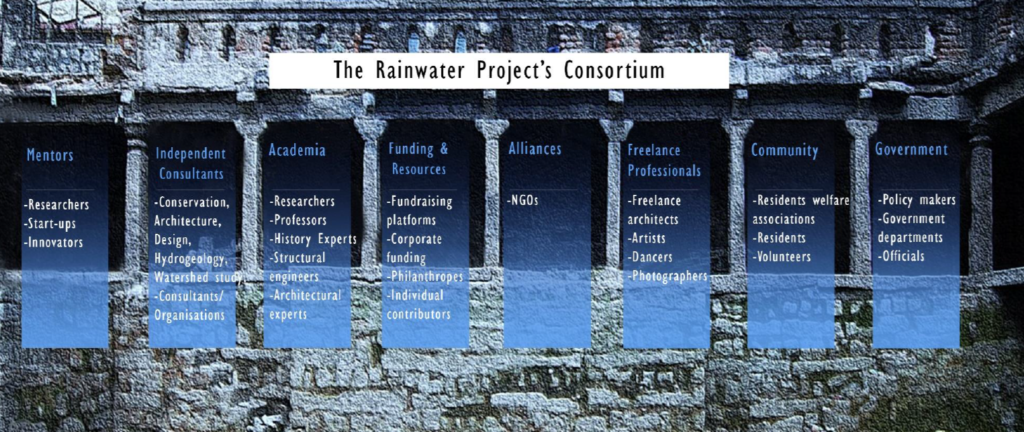Consortium Centric Approach To Restoration Project

Preserving and improving urban heritage needs an efficient balance between maintaining environmental, social, cultural and sustainability goals. In the effort to protect and preserve heritage, a consortium of social alliances was formed to follow a collaborative approach.
- Increased impact– Successful partnerships leverage combined resources to reach more people and amplify impact and results.
- Replicability and sustainability – For companies, partnership success can encourage sustainability and act as a blueprint for other regions and issues.
- Improved effectiveness – Shared expertise and knowledge can spark innovation and unlock new opportunities among networks.
- Systemic change – Increased visibility, greater spheres of influence and coordinated collective action and co-investment improve our chances of progressing towards aligning with the United Nations’ (UN) Sustainable Development Goals (SDGs) and tackling the complex global challenges that threaten communities.
TRP and its consortium aims to tackle society’s pressing and intractable problems of water crisis, while enabling a transformation towards water conservation and historic preservation, through cross-sector social collaboration. The enterprise identified that the notable impact of Bansilalpet stepwell restoration could set an example with a template based on it.

